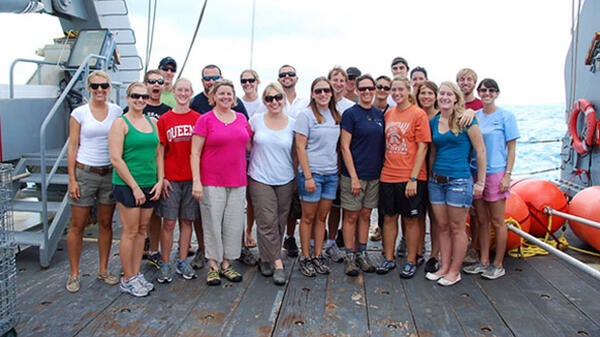Source: Sciencedaily.com
Ocean Microbe Communities Changing, but Long-Term Environmental Impact Is Unclear
April 27, 2012
Our Unique Pink Sand
April 27, 2012
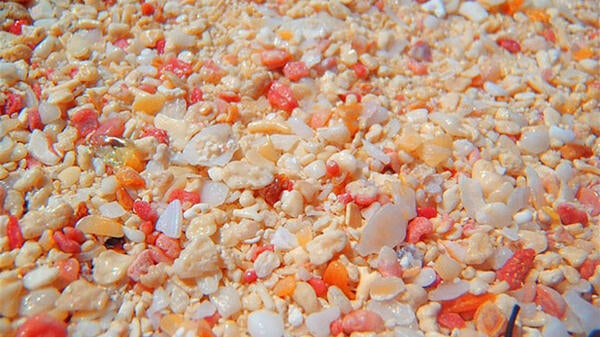
Pink sand. It makes Bermuda’s beaches some of the most beautiful and picturesque in the world…but what makes it pink?
For Your Eddy-fication: Mesoscale Eddy Research at BIOS
April 27, 2012
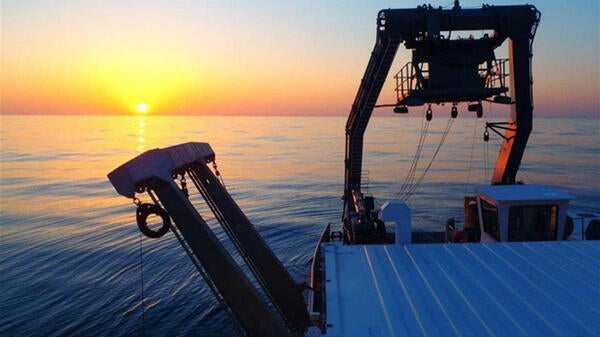
For the past two decades, BIOS scientists have stood behind the idea that mesoscale eddies are a driving force in coastal and open ocean processes, including biogeochemical cycling and the global carbon cycle. As research technologies improved over this time period it became apparent that, not only were they correct, but that eddies are far more important to ocean and climate systems than previously imagined.
2012 Ocean Sciences Meeting
April 27, 2012
Last February, 11 BIOS scientists participated in the 2012 Ocean Sciences Meeting in Salt Lake City, Utah as either the leads or co-authors of 10 talks and 13 posters. A biennial conference held jointly by The Oceanography Society (TOS), the American Society of Limnology and Oceanography (ASLO) and the American Geophysical Union (AGU), this year’s Ocean Sciences Meeting attracted more than 4,000 scientists, managers and educators from around the globe.
Risk Prediction Initiative 2.0 Hosts RMS Conference
April 27, 2012
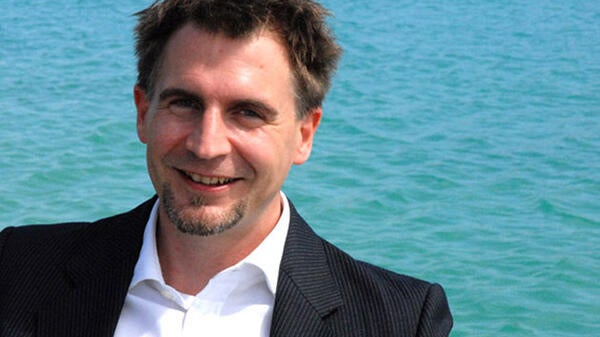
At the intersection of oceanographic science and the (re)insurance industry stands the Risk Prediction Initiative (RPI), founded in 1995 by a group of local Bermudian insurers and reinsurers and BIOS.
DeGroote Family Donates $500,000 to Dalhousie University/BIOS
August 26, 2012
May 04, 2012 — DeGroote Family donates $500,000 to Dalhousie University/BIOS
BIOS Scientists Present at Australian Event
August 26, 2012
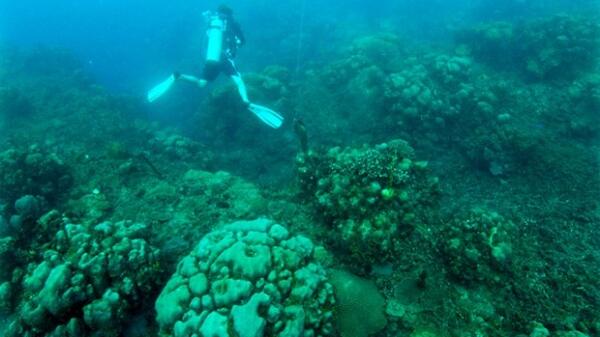
Last week three BIOS scientists – Tim Noyes and Dr. Eric Hochberg in the Coral Reef Ecology and Optics Lab [CREOL] and Andrew Collins in the Bermuda Ocean Acidification and Coral Reef Investigation [BEACON] Lab – presented their research at the 12th International Coral Reef Symposium [ICRS] in Cairns, Queensland, Australia.
Under-Researched Marine Organisms Play Larger than Life Role in Ocean Chemistry
August 26, 2012
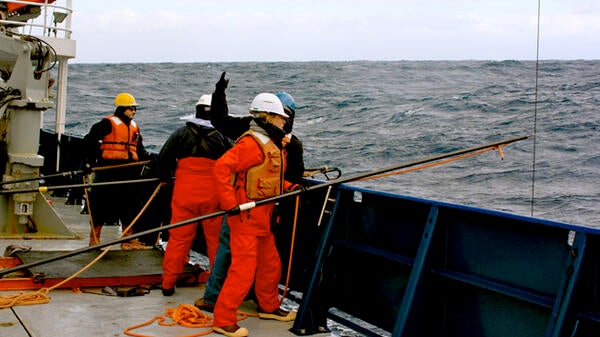
Earlier this year, scientists wrapped up the second research cruise, as part of a multi-year project investigating a feature of the Southern Ocean known as the Great Southern Coccolithophore Belt (Great Belt). Coccolithophores are a type of phytoplankton with a unique exoskeleton composed of calcified platelets (coccoliths), giving them the appearance of being heavily armored.
What Can Sea Urchins Tell Us About Aging?
August 26, 2012
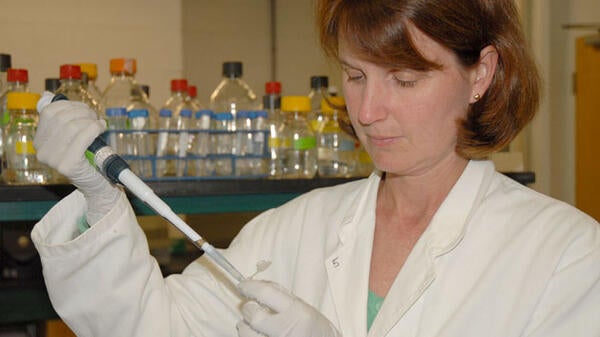
When you consider ways to study the process of aging in humans, you might not consider looking to one of the ocean’s most widely-studied invertebrates—the sea urchin—but that’s exactly what BIOS researchers Dr. Jeannette Loram and Dr. Andrea Bodnar did in a recent study published in the journal Mechanisms of Ageing and Development.
